What is a Sustainable Brand Logo?
Let’s be honest: there’s no such thing as a logo that is inherently sustainable. A logo on its own doesn’t reduce carbon emissions or save the planet. But what it can do is embody a brand’s commitment to sustainability.
A sustainable brand logo is one that visually represents a company’s eco-conscious mission and values. It reflects the larger picture of an organization committed to making a positive impact on the environment and society.
In short, it’s not a “green” logo in color or a leaf symbol that will make you sustainable. It’s about what you do and creating a visual identity that aligns with your authentic sustainable practices.
Why Sustainable Brand Logos Matter
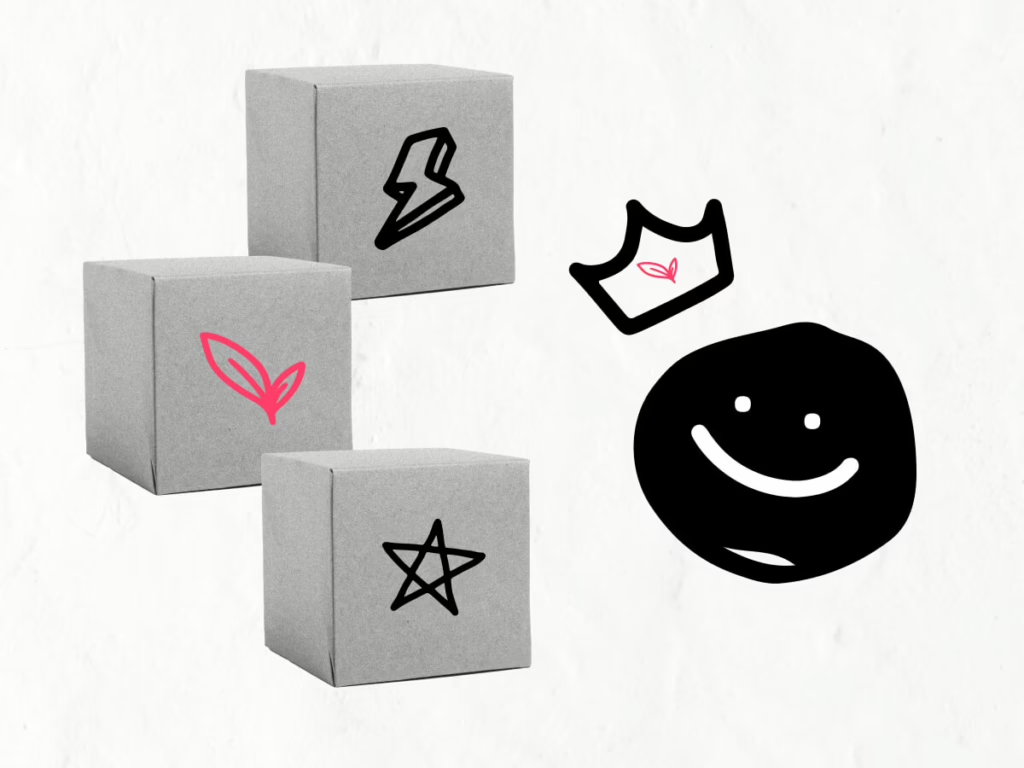
Consumer Perception and Trust
Consumers today care deeply about what a brand stands for, and they’re quick to spot the difference between authentic values and empty promises. Your logo, while just one element of your brand, can serve as a powerful symbol of your dedication to sustainability.
A well executed logo reinforces credibility and trust, signaling transparency and showing your audience that you’re committed to meaningful impact. For small and medium businesses, this can be especially important as your logo can become a shorthand for your brand’s story and mission, strengthening the connection with eco-conscious customers who seek and value authenticity.
The Business Case for Sustainability
Sustainability is above all an ethical choice, but you can use your good will to make smart business moves.
When brands communicate eco-friendly values effectively, they often experience stronger customer loyalty, deeper audience engagement, and measurable financial growth.
Therefore, a sustainable brand logo can visually reinforce that message, making it easier for customers to connect with your values, mission and understand your commitment. You have to create a visual anchor for your brand’s story that resonates and builds trust over time.
Regulatory and Industry Standards
As sustainability regulations increase, logos can serve as indicators of a brand’s eco-friendly commitment. While a logo alone doesn’t certify sustainability, businesses can highlight their eco-friendly efforts by using established certifications. Popular certifications such as B Corp, Fair Trade, or FSC can be used to reinforce your commitment once achieved, serving as visible reminders of your brand’s dedication to sustainability.
These certification logos signal that a brand meets recognized sustainability standards and can be integrated into visual materials strategically (like your website, social media platforms, or even product packaging) to build credibility.
For small and medium-sized businesses, leveraging these trusted sustainability marks can reassure customers that their eco-friendly claims are real and verified. However, it’s important to use these logos responsibly by adhering to the specific usage guidelines provided by the certification bodies
Key Elements of a Sustainable Brand Logo

Color Psychology and Sustainability
Colors have a powerful impact on how your brand is perceived, but as mentioned before, sustainability does not equal green shades and organic-looking hues. While greens, browns, and blues are often associated with nature and calmness, they aren’t your only options.
Earthy reds, muted oranges, and soft yellows can evoke connections to the planet, warmth, and authenticity. The key is to use color to align with your brand’s true values and convey your true essence, rather than defaulting to stereotypes.
Avoid approaching your brand design with fixed ideas about what “eco-friendly” should look like. Instead, conduct thorough competitor research to identify interesting gaps and stand out. Sometimes, bold and unexpected color choices can tell a more compelling sustainability story than traditional earth tones.
Typography and Sustainability
The fonts you choose say a lot about your brand, but it’s important to avoid choosing typefaces simply because they look “eco-friendly.”
Maybe you too can remember that moment where EVERY organic brand looked like this, but that era is gone (thankfully!).
Options are endless and there’s no reason to limit your brand. Maybe a clean, simple type can be your flag to speak of development, transparency and clarity, aligning well with eco-conscious values. But authentic brand expression goes beyond surface-level choices. A font can reflect personality: handwritten or organic fonts can evoke authenticity and approachability, while minimalist sans-serif fonts suggest efficiency and modernity.
When selecting typography, think about who you are, who you’re talking to and your commitment. Are you communicating calm expertise or bold activism? Your font choice should reinforce the message you want to send and remain consistent across platforms to build recognition and trust.
Symbolism and Iconography
Iconography can reinforce your sustainability message, but subtlety is key. A brand’s visual identity doesn’t need to rely on clichés like leaves and recycling symbols.
Be open to consider abstract shapes or custom illustrations to adapt to your unique story.
Strong iconography should also align with your overall brand tone. For small and medium businesses, well-designed icons can visually summarize key aspects of your mission, creating an emotional connection without needing excessive explanation.
Last but not least, avoid adding symbols just to “look” sustainable: each element should have a purpose.
Minimalism and Simplicity
Unless your market positioning requires it, a minimalist logo it’s often practical. Simpler designs use fewer elements, making them versatile, readable and recognizable across different mediums. Minimalism is also a value in many ways: for example, a simpler visual identity might call for less packaging and production.
However, minimalism doesn’t mean stripping your design of character. It means focusing on clarity and purpose, so that each element serves a meaningful role.
For small and medium brands, a minimalist approach can also keep costs low while still creating a strong impression.
Designing a Sustainable Brand Logo
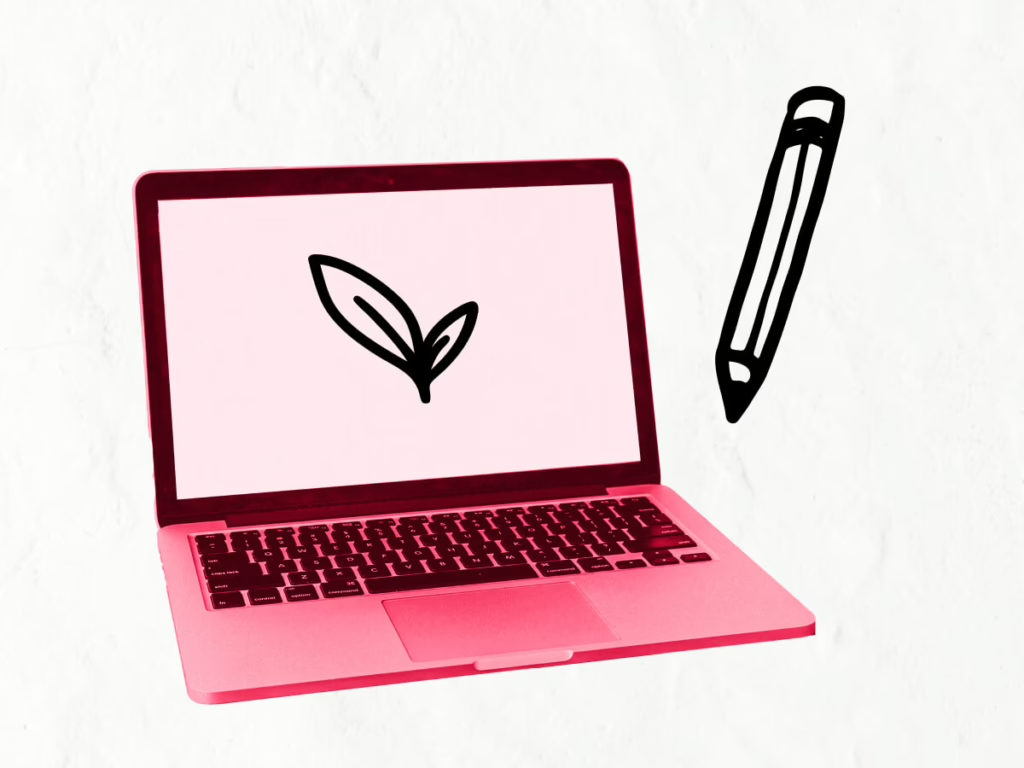
Research and Inspiration
The first step to creating a meaningful logo is conducting thorough research.
Begin by understanding your brand’s core values, identifying your target audience, and analyzing your competitors to understand the market landscape.
While it’s certainly helpful to draw inspiration from successful sustainable brands, the real magic happens when you zero in on what makes your brand story unique and distinctive. This research phase ensures that your logo is not only aligned with your mission but also sets you apart from the crowd with authenticity.
The Design Process
Collaborate closely with a designer who truly understands your brand’s mission and values. Share your vision, mission and values to receive back sketches and mood boards that should capture the essence of your brand’s eco-friendly goals and ethos.
During this phase, focus on gathering and interpreting feedback collaboratively to refine the visuals. Prioritize simplicity, clarity, and relevance to ensure that the final logo design tells a cohesive story and can be adapted across different platforms and materials.
Incorporating Sustainable Values
If the previous steps are done correctly, then your logo should be a symbolic representation of your brand’s mission, a visual summary of what your business stands for.
Think about how your core values can be visually expressed in meaningful ways, without being too literal or obvious. For example, geometric shapes can convey balance and structure, while flowing curves might evoke a sense of connection and movement.
Instead of relying on clichés, aim for design choices that resonate with your brand’s authentic story and catch the attention of your audience to connect on a deeper level.
Case Studies: Successful Sustainable Brand Logos
The Offline Club
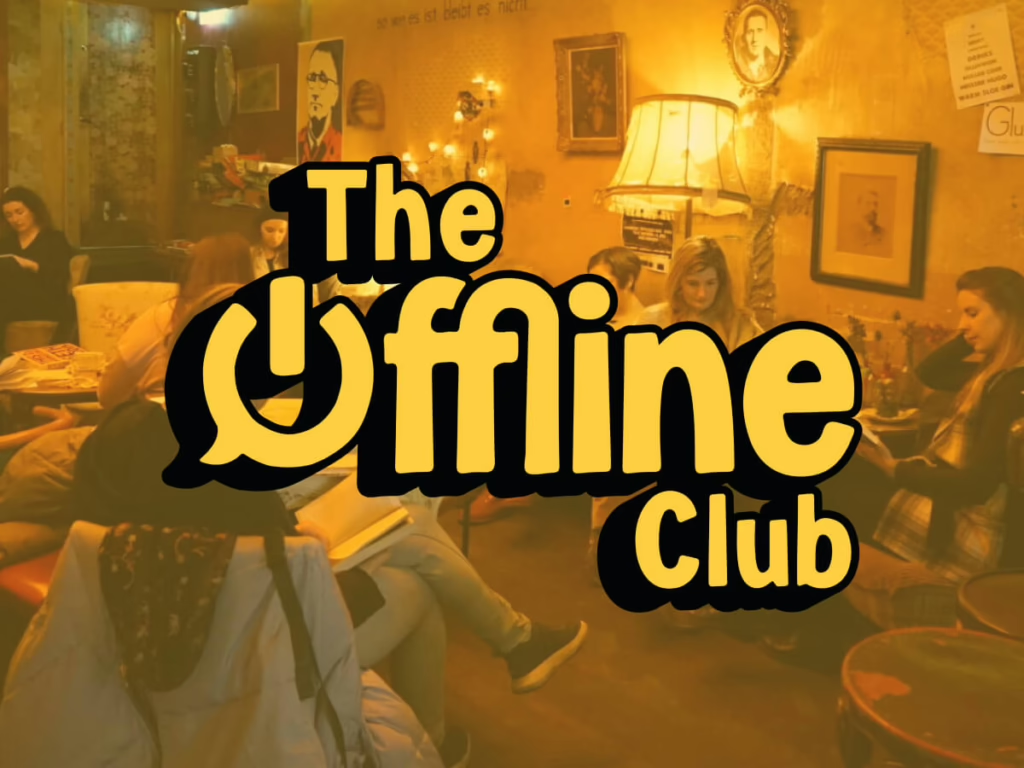
This creative community-driven project uses a bold and expressive logo that stands out while staying aligned with its mission to encourage meaningful offline connections. The brand identity proves that sustainable initiatives can be adventurous and full of personality.
Oatly
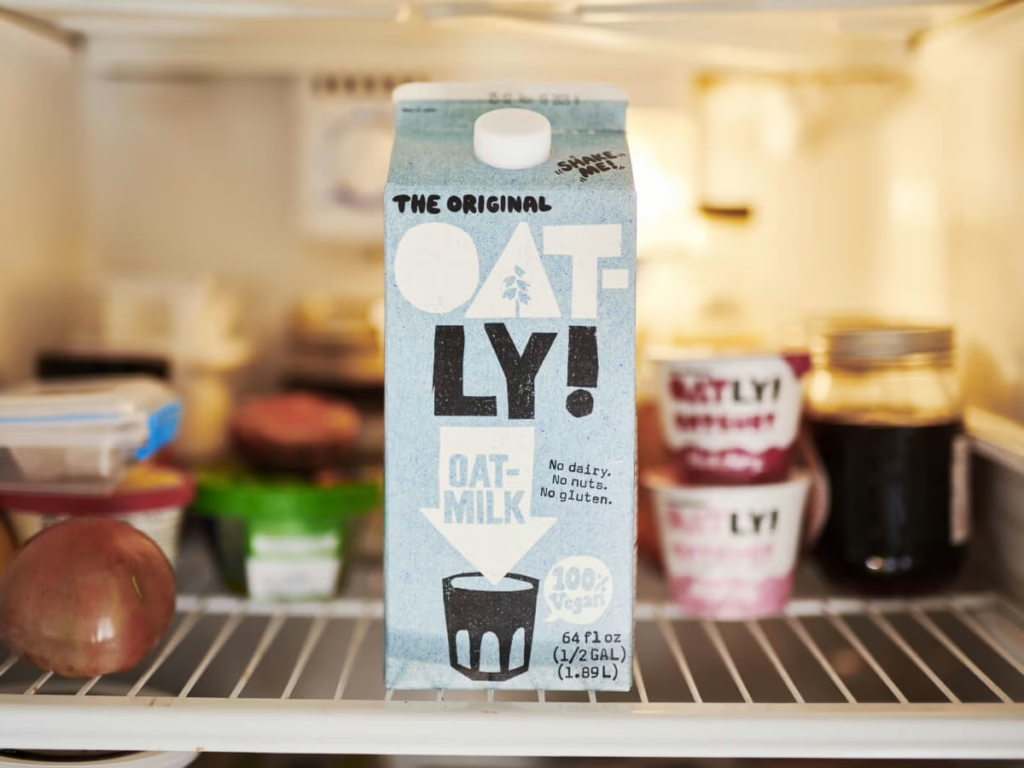
Oatly’s logo is playful yet intentional, blending soft curves and inviting typography to reflect its focus on plant-based goodness. The design shows that eco-friendly brands can be fun and approachable without sacrificing purpose.
Wild Deodorant
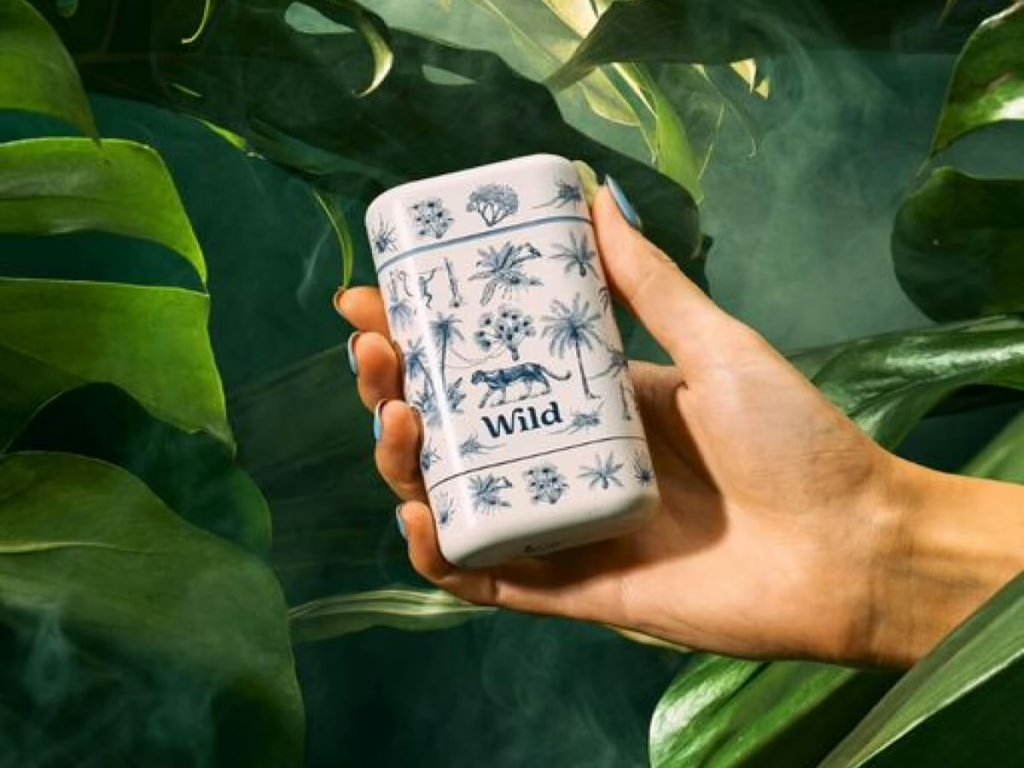
Wild’s logo features sleek typography and a modern, minimalistic design that emphasizes clean lines and simplicity. The brand’s vibrant color palette and reusable packaging message reinforce its commitment to sustainable living in a bold and memorable way.
Challenges and Considerations
Greenwashing and Authenticity
A logo on its own won’t make a brand sustainable, it’s your actions that count.
Avoid the temptation to add visual elements just to appear eco-friendly, as this can backfire if your brand’s efforts aren’t real and measurable. Authenticity matters because today’s consumers are quick to call out exaggerated claims.
Instead, focus on using your visual identity to highlight genuine commitments, such as partnerships, certifications, or sustainable milestones.
Cultural Differences and Perceptions
Different cultures may interpret colors, symbols, and icons in varying ways. For example, in Western cultures, the color white often represents purity and new beginnings, while in some Eastern cultures it is associated with mourning and loss.
It’s essential to research your target audience thoroughly to ensure your logo resonates across diverse cultural contexts without unintentionally alienating any group. This consideration is especially important for brands aiming for international recognition.
Evolving Sustainability Trends
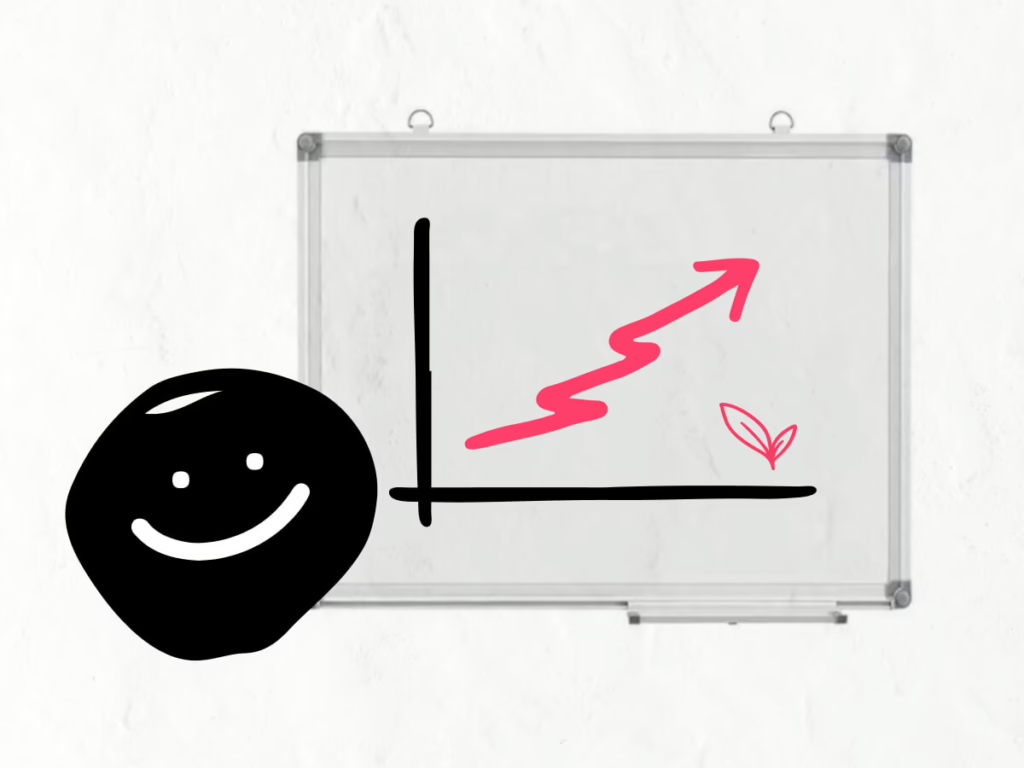
Sustainability trends evolve quickly, and businesses must be able to grow with these changes.
Instead of chasing fleeting design trends, focus on creating a timeless logo that aligns with your brand’s long-term sustainability goals. An adaptable design allows your brand to remain relevant as values and expectations around sustainability shift over time.
The Future of Sustainable Brand Logos
Sustainability has become a global movement, driven by the urgent need to address environmental challenges.
As more eco-friendly and sustainable companies enter the market, the competition will only grow. To stand out and remain relevant, your brand identity needs to be visually appealing, with a communication that supports your mission and differentiate you from the rest.
Your logo should go beyond aesthetics to tell a story of purpose and progress, it should align with your brand’s essence and resonate with your audience’s values.
Want to give your current brand a quick audit to see where you stand? Book a free introductory call, and we’ll identify opportunities to refine your visual identity and strengthen your sustainable message.





